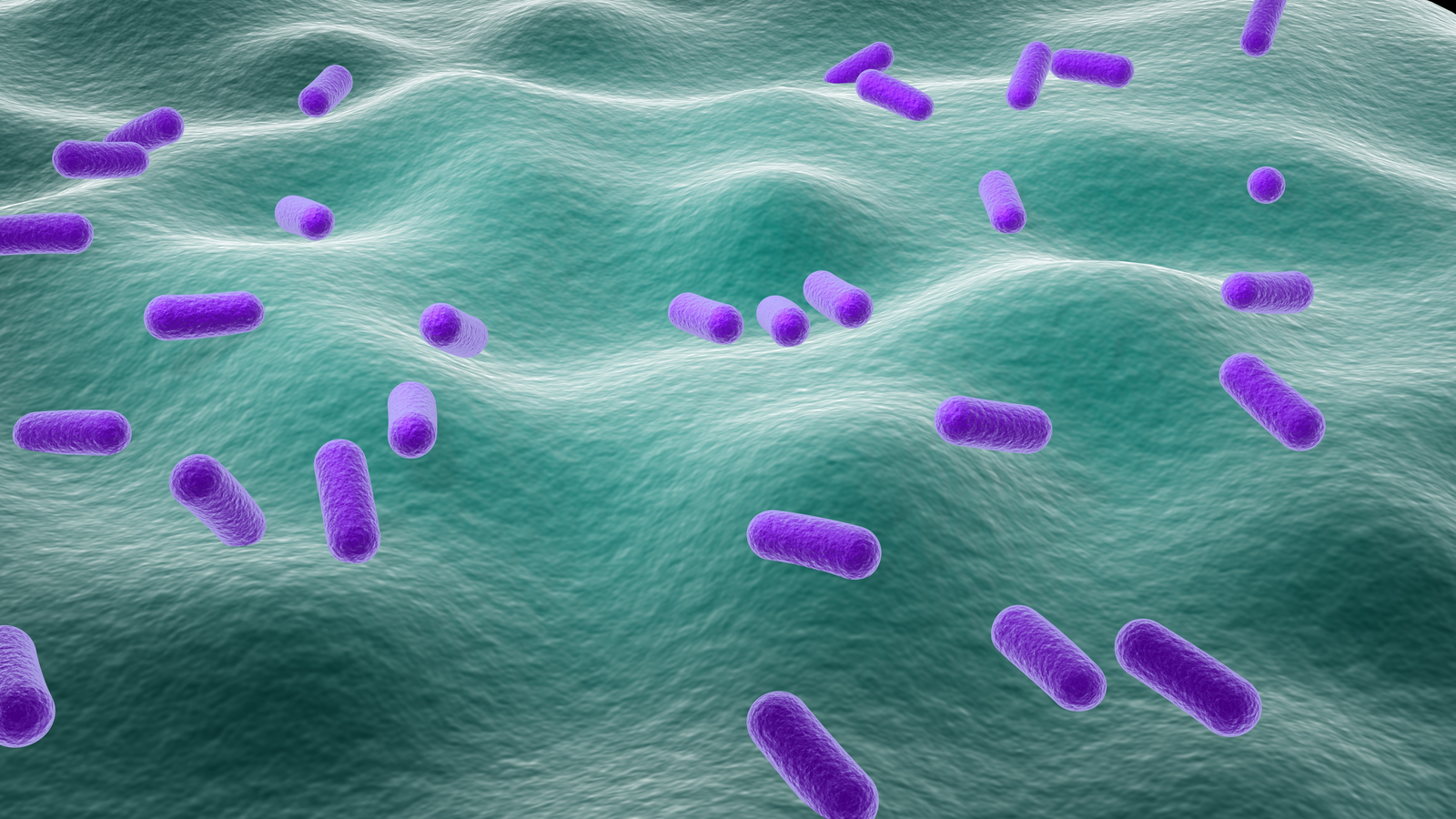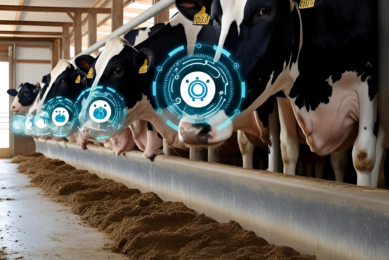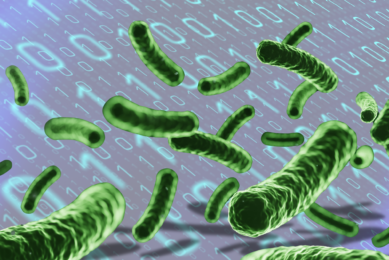FAO: Efficacy of probiotics highly variable

The Food and Agricultural Organisation (FAO) has published an extensive report on the production, impact and regulation of probiotics for animal nutrition. Conclusion: they can work, but their efficacy is highly variable.
According to FAO, the reason to publish this review is the lack of comprehensive, science-based, and consolidated information on the impact of probiotics on monogastric and ruminant animals. The report references over 250 publications on a large number of probiotics being evaluated, and highlights those that have promise, given their demonstrated effectiveness.
What are probiotics? All About Feed payed a visit to Danish company Chr. Hansen to find out…
Popular as antibiotic alternative
Probiotics (or direct fed microbials) are becoming increasingly popular as one of the alter-natives to Antibiotic Growth Promoters (AGP). There are several proposed modes of action of probiotics. Some of these mechanisms are associated with the inhibition of enteric pathogenic micro-organisms, while others are responsible for improved animal performance. Different probiotics may have similar mode(s) of action, while a specific strain could function through multiple mechanisms. For example, several probiotic strains have similar effects on the gastro-intestinal microbial population. However, in most of the studies about effects of probiotics on performance, the exact mode of action of probiotics is not fully understood. Because closely related probiotic micro-organisms appear to have different modes of action, mechanisms need to be studied on a case-by-case basis.
Commercial probiotic products on the market
The route of probiotic feed additive production starts with the selection of the microbial strain, followed by fermentation and drying. Many commercial products use multi-strain probiotics, although the benefits of using more than one strain or species in a single product has not been clearly established. Many different micro-organism species are being used as probiotics in animal feed. There are 57 products on the market. The most products (17) are being found in the category Lactobacillus.
Zootechnical results per animal species
Different probiotics exert their effects through various mechanisms not yet fully understood and presumed to be due to their action either in the gastro-intestinal lumen or the wall of the GIT. Although probiotics are being promoted as a substitute for AGP, the mechanism of action of these feed additives appears to be different. Some probiotics are also capable of immunomodulation and production of antimicrobial substances for example.
Poultry
In poultry, probiotics can improve broiler chicken growth rates and control or prevent enteric diseases, including; salmonellosis, necrotic enteritis and coccidiosis. However, the outcomes from probiotic use are not consistent. One of the most promising effects of probiotics on egg quality is the consistent reduction of cholesterol in egg yolk. Yolk cholesterol has been reduced by lactic acid bacteria, Bacillus spores and yeast. The effects of probiotics on carcass quality and yield are inconclusive. For turkeys, positive results have been shown.
Also interesting:
Probiotics and its effect on gut health and lameness
Pigs
Substitution of AGPs with probiotics to address the issue of antibiotic resistance is critical in pig production. For monogastrics, this substitution has been more extensively studied in poultry than in pigs. Several probiotics have been used to enhance the performance of pigs. In a large-scale experiment in a high performing commercial setting, the commercial probiotic product containing B. subtilis and B. licheniformis was a viable substitute for AGPs (neomycin, oxytetracycline, tylosine, etc.) without a decrease in weaned pig performance; and with no increase in production costs. It was also shown that probiotics can reduce the incidence and severity of post-weaning diarrhoea, one of the major health problems in swine worldwide. In this particular trial, weaned piglet diets were supplemented with B. licheniformis spores at the rate of 106 and 107 cfu/g of feed. Trials have also shown that probiotics can improve the digestibility of pig feed.
Ruminants
In ruminants, probiotics are used to benefit and influence the microbial population dynamics in the rumen and the breakdown of nutrients, hence leading to better feed intake. Often yeast is used for this. Lactic acid-producing bacteria are another important group of probiotics for ruminants. Apart from the use of probiotics in formulated animal feed, beneficial bacteria used as silage inoculants may also have a probiotic effect in the rumen. However, this response depends on the survival of the silage inoculant in the silage as the pH drops. In some trials it was shown that probiotics can improve the milk yield in dairy animals. Milk yield was increased by 2.3 litres per cow per day following dietary supplementation with 5 ×109 cfu of E. faecium and 2 ×109 yeast cells (S. cerevisiae) per cow per day. Apart from their use in improving the performance of ruminant animals, probiotics have been effective in improving animal health. A trial from 2010 demonstrated that a probiotic containing L. reuteri DDL 19, L. alimentarius DDL 48, E. faecium DDE 39 and Bi. bifidum DDBA (at a ratio of 1:1:1:1), isolated from the faeces of healthy goats, when fed to weaned goats (dose rate 2 ×109 cfu/animal/day) reduced the number of pathogenic bacteria (Salmonella and Shigella) in faeces. Probiotics are also effective in reducing the faecal shedding of the shiga-toxin producing E. coli O157:H57, a bacterium that can cause serious health problems in humans.
Also interesting:
Probiotic yeast improves feed intake of lactating sow
Knowledge gaps
The claims made by commercial probiotic producers are often difficult to substantiate due to variation in animal species and husbandry practices and lack of scientific publica¬tions regarding the product. It is not possible to generalise the mechanism of action of probiotics. As the effects of probiotics in a host is the outcome of interaction between the host and the probiotic micro-organism, further studies should be focused on host-probiotic interactions to elucidate the mode of action. Although generally considered safe, there is little evidence that probiotics are absolutely safe and it has been agreed that ‘zero risk does not exist’.
Therefore, uncertainty would always exist about the efficacy and safety of probiotics. There have been studies about the minimum required dose of a particular probiotic to achieve intended benefits and maximum dose rate which could be used without any adverse effects on the host help to assure the benefits and minimise the risk. The FAO also addresses that international guidelines for the production, marketing and use of probiotics in animal nutrition are essential, especially with increasing globalisation. Such guidelines would help prevent the use of inappropriate micro-organisms as probiotics and maintain the efficacy of probiotics in achieving the targeted benefits.
Source: FAO











